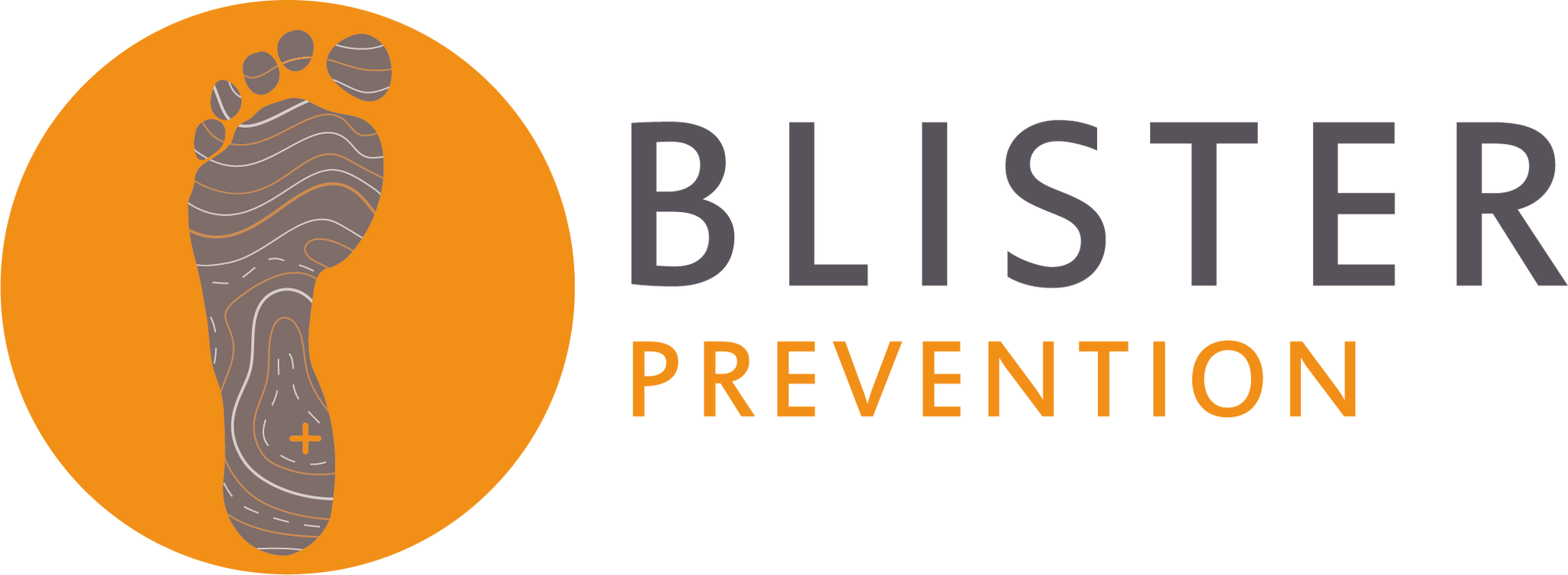- Time of past OR future Camino
- CdS 2012, CdN 2013, Shikoku 2015, CP 2016.
From the July REI newsletter

 www.rei.com
www.rei.com

How to Prevent and Care for Blisters
Learn what conditions cause blisters, how to prevent them from happening and how to treat blisters after they form.












